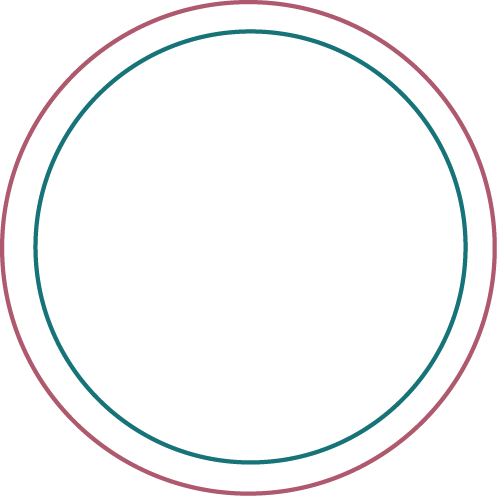The US Navy recently left one of the most remarkable islands in the Caribbean, Vieques which is located off the eastern coast of Puerto Rico. With stunning and varied beaches, rolling green hills adorned with flowers and horses, a constant breeze, and an almost eerie yet magical biolumenescent bay it captures the heart instantly. Unfortunately and not surprising, though the Navy is gone, they left behind their invisible yet toxic filth. And depleted uranium is just one of the many contaminants left behind.
Cleaning up Vieques is going to take even more of an grass roots, political effort than eliminating the bulky and very visible prescense of the Navy. It is much easier to point at men in uniforms, blasting bombs, land restrictions, and deaths by live ammunition than the invisible world of environmental damage that continues to cause some of the most potent harm on the island as it is the foundation that has caused daily chronic illness or the devastation of cancer for local residents. Though “science” is supposed to make clear the verdict of pollution, too often those with money and power can bend the malleable plumbing of science to fit their needs. One tube can replaced by another so long as it fits the purpose occlusion.
Recently in the NYTimes, there was an article about the future of Vieques and tourism. The most obvious omission was the story of environmental destruction and pollution, the writer instead choosing to portray Vieques as a bucolic, carefree land, the only danger being that of aesthetic/architectural destruction:
“The question now is how bucolic Vieques -
population 9,106 and known for beaches, wild horses and the
micro-organisms that make bioluminescent Mosquito Bay
sparkle and glow – can preserve its pristine landscapes
while encouraging new homes and accompanying amenities.”
The question instead should be about how to clean Vieques to make it safe for its residents and how to make those responsible for the mess (and we know who those are), financially responsible for the clean-up. effort.
This misguided and naive article unfortunately provides a sort of looking glass into the future of Vieques if action is not mobilized around the clean up effort, a clean up that provides ways not to just protect the visually pristine landscape but create a healthy environment for all residents.


